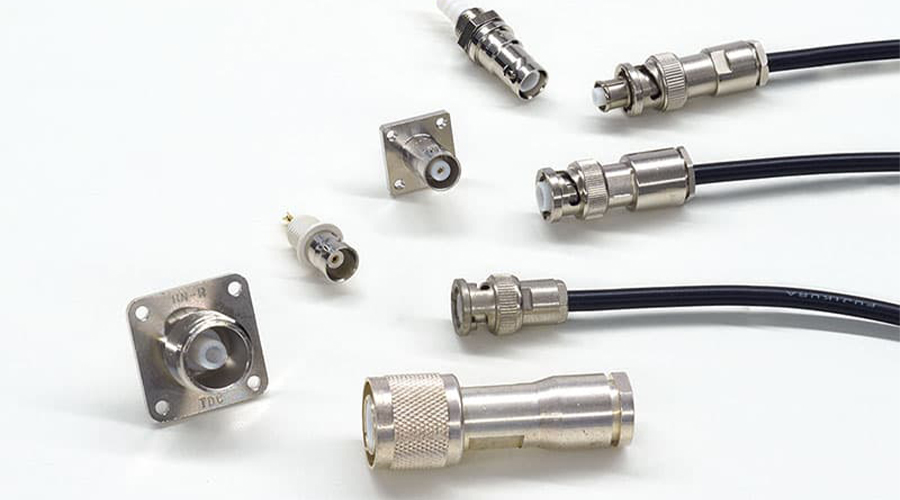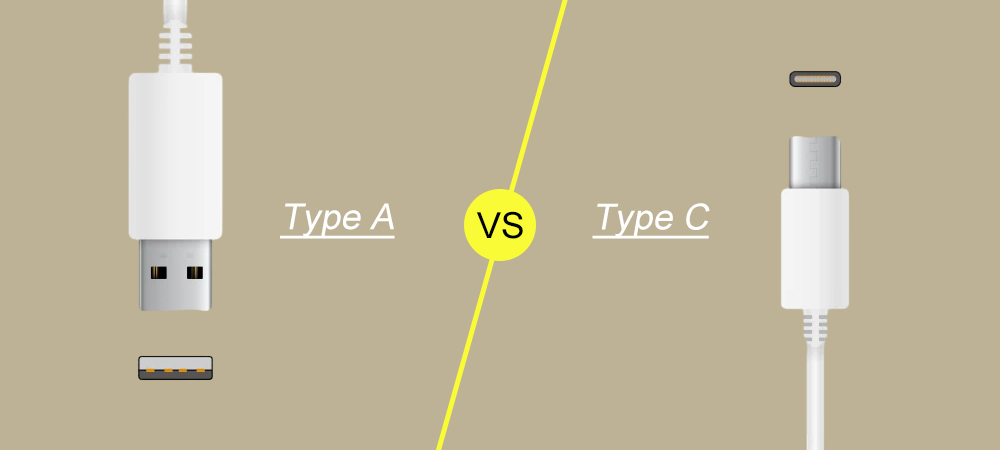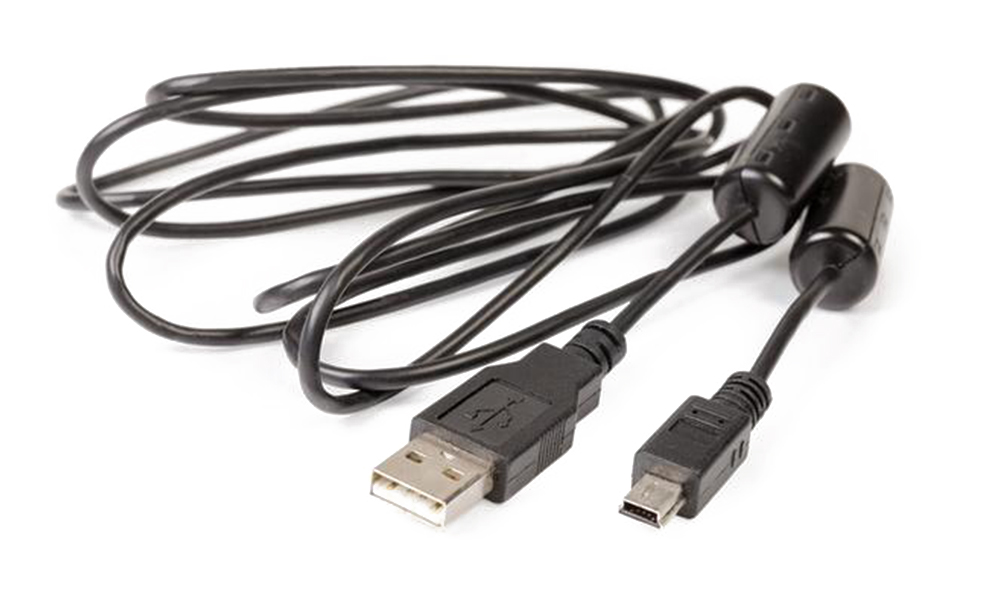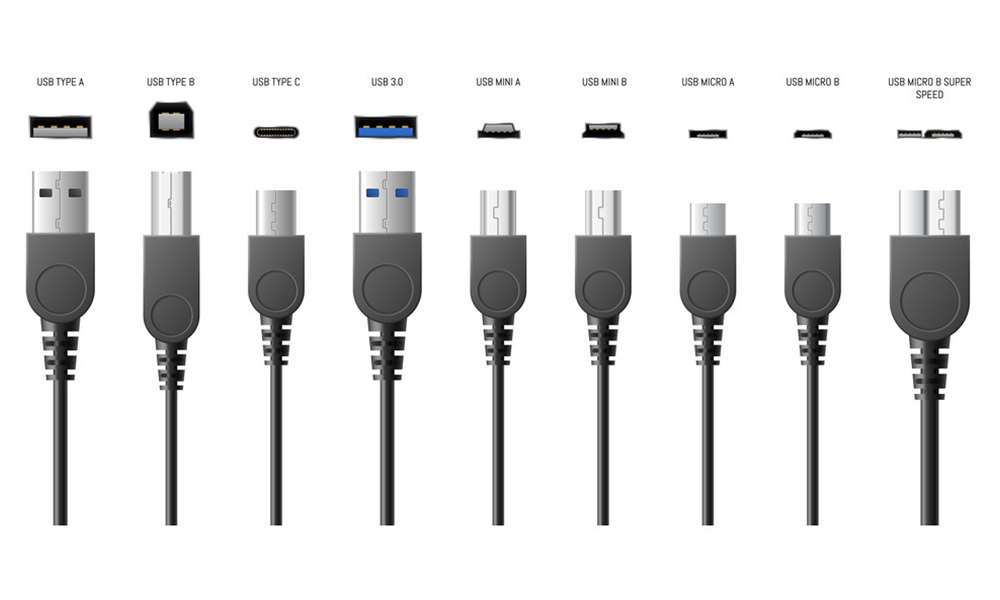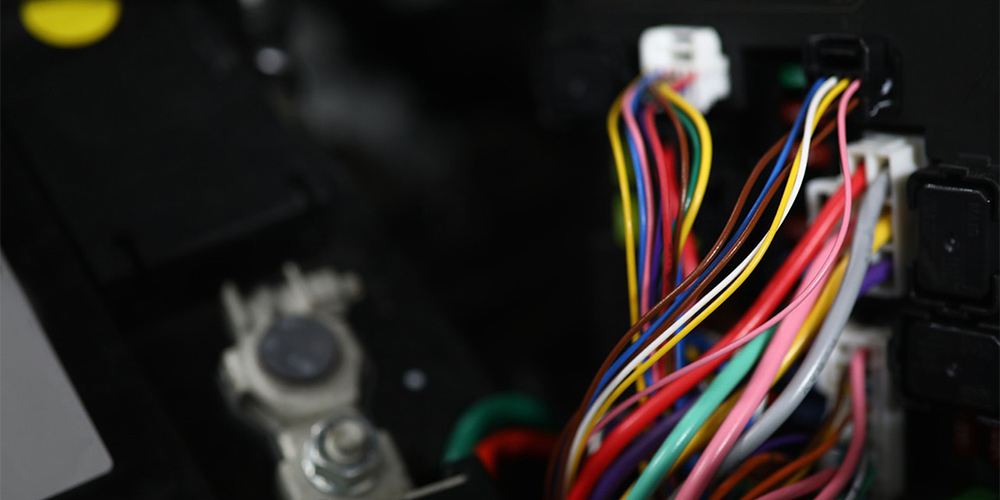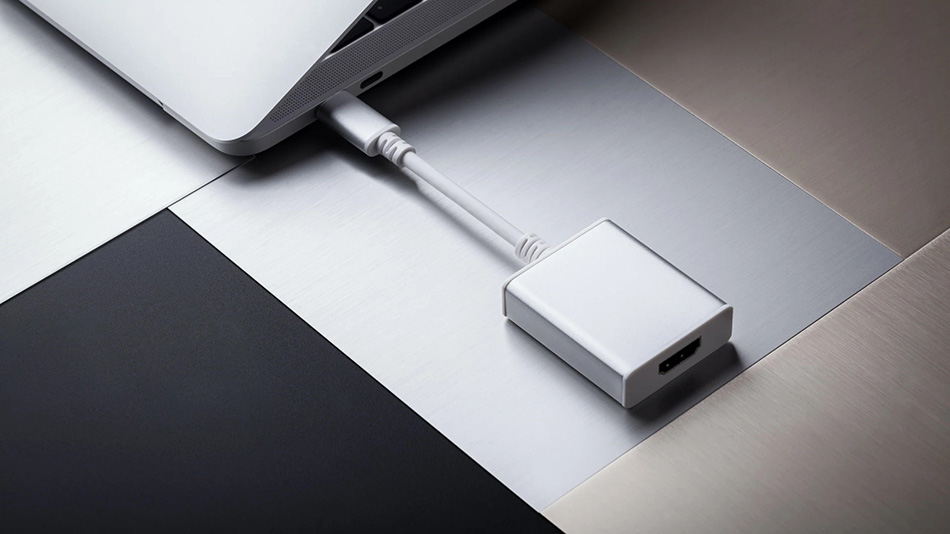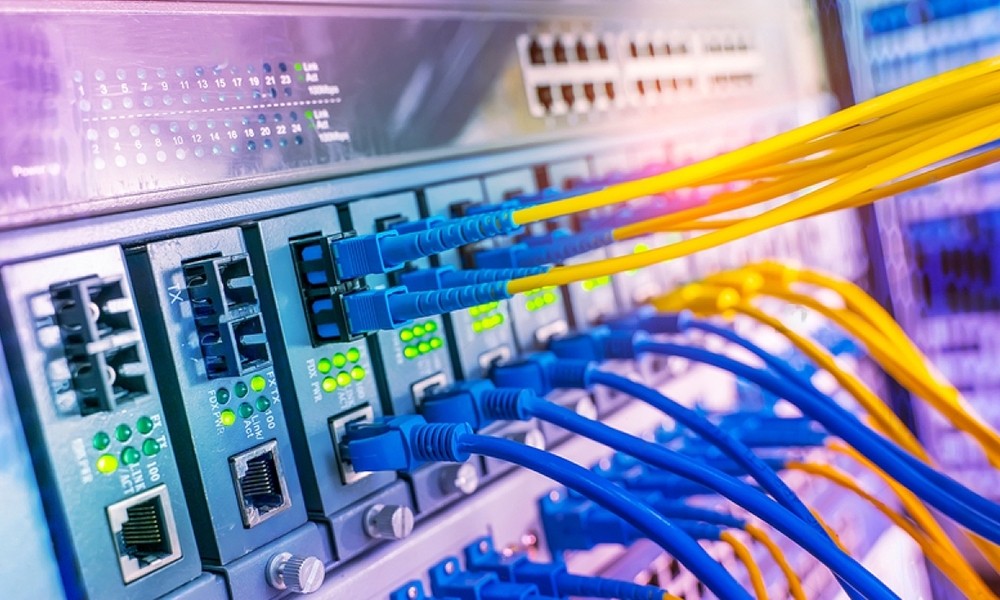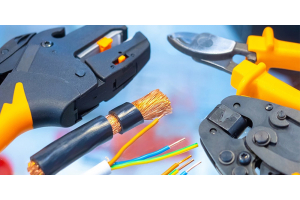Blog
-
Posted: February 26, 2024Categories: High Voltage ConnectorRead more »
Some test equipment requires a boosted commercial 100VAC to generate high voltages. In electric vehicles, the voltage of the inverter and battery circuits rises as the motor voltage rises. Familiar high-voltage equipment includes X-ray machines (diagnostic X-ray imaging equipment). The X-ray tubes used in medical X-ray machines and analyzers are vacuum tubes that must be replaced after a certain amount of time in operation. the X-ray tubes and the high voltage power supply are connected via high voltage connectors to ensure easy interchangeability. For this reason, high voltage connectors are commonly used to connect high voltage devices used in medical, scientific and analytical equipment to improve their ease of use and reduce maintenance.
This article will describe the types of high-voltage connectors that are safe and reliable for use in high-voltage circuits and precautions for their use.
-
Posted: February 21, 2024Categories: USBRead more »
USB-A, the traditional rectangular connector, is commonly used for older devices, while USB-C offers faster data transfer speeds, reversible plug orientation, and compatibility with newer devices. Other advantages of USB-C include convenience and enhanced transfer speeds.
Consider how much USB ports and connectors enable us to do—it's truly fascinating. First, we can store the contents of thousands of books on a USB flash drive and access them at any time. (Cool, right?) But we also use USB ports to connect a variety of devices, from mobile devices to TVs to computers, making USB one of our most important connectivity standards.
However, USB connectors did not experience a true next-generation evolution for many years, until recently. Now, USB-C has emerged as the successor to the original USB-A connector technology and is set to change everything. What is the story between USB-A and USB-C? Which type of USB hardware is more suitable for your application? Let's start
-
Posted: January 06, 2024Categories: USBRead more »
In today's world, USB has become a widely chosen communication protocol for data transfer between computers and their peripheral devices. Initially, USB was primarily used to connect devices over short distances; however, over time, the use of USB has expanded to encompass long distance applications such as medical imaging, security cameras, and machine vision. For example, when setting up multiple USB security cameras around the house and monitoring them with a single PC, the need for longer USB transmission distances is often beyond the scope of the USB-IF standard.
According to the USB-IF, each USB standard has a clearly defined maximum length, as the signal power decreases as the length of the USB cable increases. Therefore, shorter USB connections are usually more recommended.
USB Standard Length
-
Posted: December 29, 2023Categories: USBRead more »
USB is a serial bus standard for connecting computers and devices, and has been widely used in products such as personal computers and mobile devices, and it has become a fairly common communication standard.
USB Has Become a Major Signaling Technology Today
USB stands for Universal Serial Bus, and a so-called "bus" is a circuit arrangement or communication system for transferring data between components in a system. In this case, a "serial" bus transfers data one bit at a time over a single wire. However, the USB connector can transfer more than just data between components; it can also be used to transfer power and can accommodate many different hardware devices, from printers and keyboards to cell phones and flash drives.
-
Posted: December 28, 2023Categories: ToolsRead more »
Introduction
In modern society, wires are an essential element in our daily lives and work. However, the process of handling wires is often time-consuming, labor-intensive, and prone to quality issues. To address these challenges, we have introduced a range of wire tools, including the latest wire strippers, crimping pliers, and wire cutters. These tools are designed with ergonomic principles, making them easy to use and energy-saving. Most importantly, they feature
-
Posted: December 27, 2023Categories: RF ConnectorRead more »
An attenuator is a control element whose primary function is to reduce the strength of the signal passing through it. Such components are commonly used to balance signal levels in a signal chain, extend the dynamic range of a system, provide impedance matching, and implement various calibration techniques in the final application design.
Types of Attenuators
From the point of view of their primary function, attenuators can be categorized into fixed attenuators with a constant level of attenuation and variable attenuators with an adjustable level of attenuation. Depending on the form of attenuation control supported by variable attenuators, they
-
Posted: December 27, 2023Categories: Automotive ConnectorRead more »
Introduction
The automotive connector is a very common component for electronic engineers and technicians. Its role is simple: to build a bridge of communication between blocked or isolated circuits in an electrical circuit, so that current flows and the circuit realizes its intended function. Automotive connectors are constantly changing in form and structure. They consist mainly of four basic structural components, namely: contacts, shell (depending on
-
Posted: November 25, 2023Categories: Automotive ConnectorRead more »
What is OBD
OBD as an acronym, its full name is On Board Diagnostics Chinese meaning: vehicle automatic diagnostic system. This system can monitor the working condition of the engine electronic control system and other functional modules of the vehicle in real time during the operation of the car. If any abnormality is found, it will judge the specific fault according to the specific algorithm. And in the form of diagnostic trouble codes stored in the system memory.
The useful information obtained after the self-diagnosis of the system can provide help for the repair and maintenance of the vehicle. Maintenance personnel can use the car factory special instrument to read the fault code, so that the fault can be quickly located, in order to facilitate the repair of the vehicle and reduce the
-
Posted: November 16, 2023Categories: USBRead more »
A USB to HDMI (High Definition Multimedia Interface) adapter is a device that connects a USB port to a HDMI-enabled device. This adapter is most commonly used to connect a computer or laptop to an HDTV or other multimedia display.
USB to HDMI Adapter
-
Posted: November 10, 2023Read more »
A communication interface is an interface used for data transfer and communication between devices. Common communication interfaces include USB interface, HDMI interface, VGA interface, Ethernet interface, wireless network interface, etc. These interfaces can be used to connect computers, external devices, network devices, monitors, printers, etc. to realize data transmission and communication functions.

